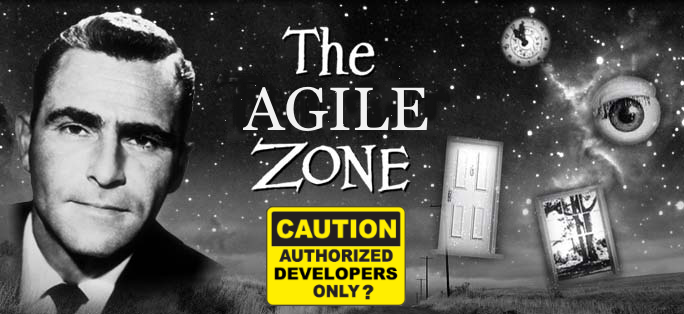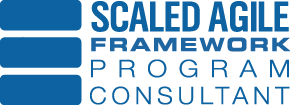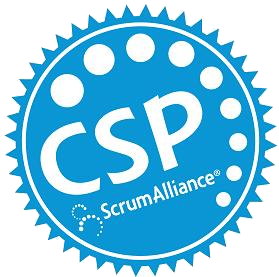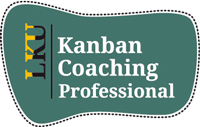
One of the preconceived notions that we run into while consulting is that Agile is only for software development teams. As if Agile is some Twilight Zone that only applies to developers. If we lived in the Twilight Zone, that might be true. But we live in the real world, and we have to deliver value to our customers. Agile practices and methods usually start cropping up on software development teams first, but quickly expose the lack of agility in other areas of the organization. If you want to deliver software at scale with agility, you must consider how you do business outside of development!
This is what Lean|Agile is all about. Lean|Agile goes beyond development and addresses the organizational impediments that stand in the way of agility. Our Lean|Agile service teaches and trains the essential practices needed to discover and deliver increments of value in a sustainable, predictable way. This means we must consider all stakeholders involved with the creation of value – Customers, Requirements, Architecture, Management, Development, Operations, …etc.
We’ve found that this common misunderstanding, has required us to do a lot more upfront training. Essentially we need to baseline the thinking of our clients so that we are able to help our clients achieve agility at scale. In the next week’s post we will begin to describe how one specific principle of Lean|Agile development, Reducing Batch Size, effects organizations outside development. Stay tuned!











